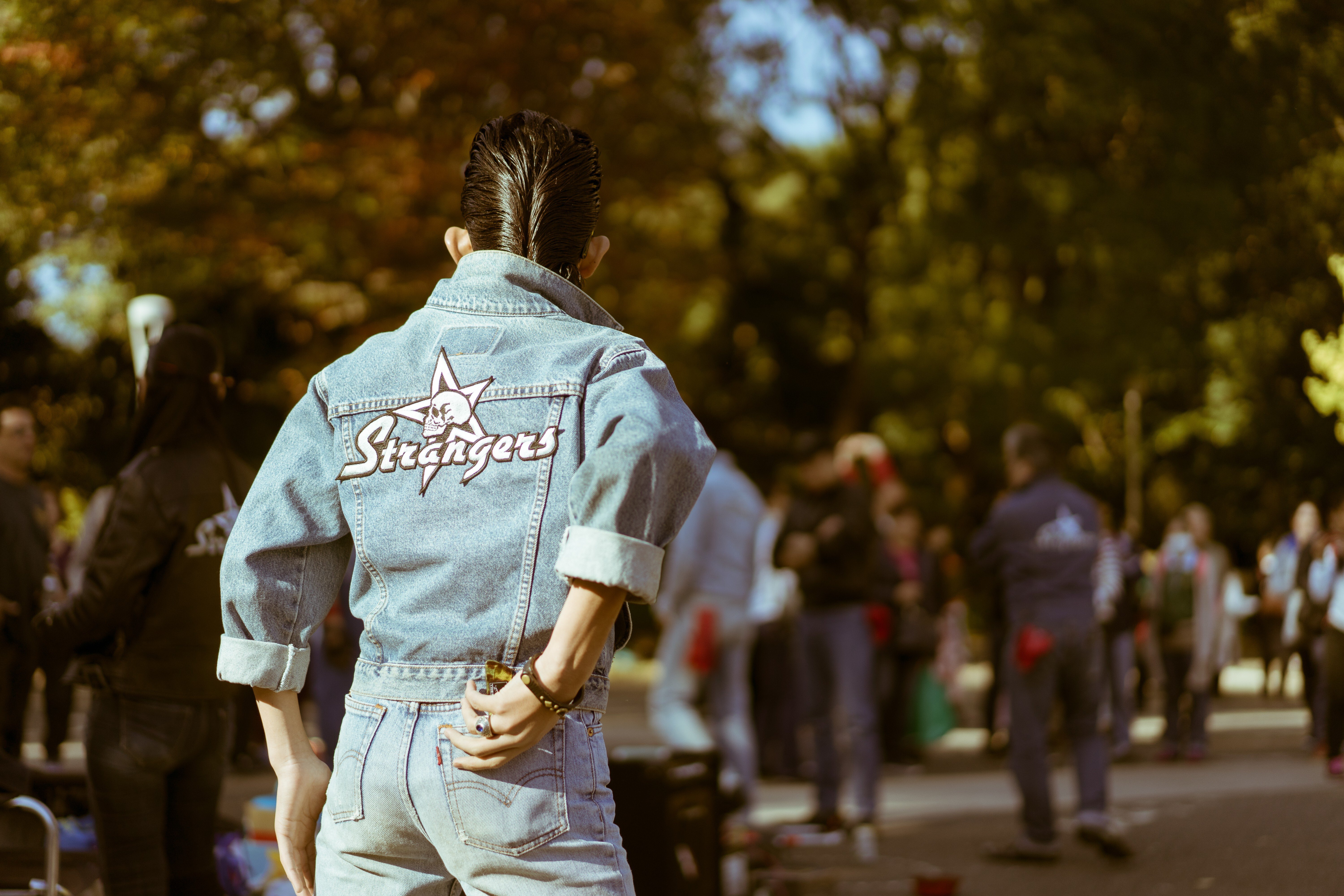From saris in India to bowler hats in Bolivia – around the world in traditional dress
- Stereotypically associated with France’s ‘Onion Johnnies’, berets have been worn in places as diverse as revolutionary Cuba and ancient Greece
- Although wooden shoes are seen in Sweden, South Korea and Japan, they bring to mind the Netherlands for most of us

Rooted in tradition and culture, national costumes are worn at festivals and funerals, coming-of-age ceremonies and weddings. They are also worn to entertain tourists. Embodying heritage and local identity, these traditional items of clothing represent an antidote to a globalised world. Some are worn on a daily basis – berets and bowler hats, for example – while others, such as Dutch clogs, are more likely to be bought as holiday souvenirs.
Perhaps the most reluctant wearers of national costumes are world leaders attending the biannual Asia-Pacific Economic Cooperation (Apec) summit. Cajoled into dressing up in the host country’s choice of attire for the obligatory “family photo”, their awkward smiles suggest the politicians have agreed to wear the snazzy outfits for a bet.
The durumagi overcoats “modelled” at the South Korea summit of 2005 and the brightly coloured ao dai gowns worn a year later in Vietnam are classics of inter-governmental forum fashion.
Here are eight national costumes and accessories that Apec leaders are unlikely to be seen in any time soon.

In 19th century Andalusia, Spanish farmers’ wives and gypsy women wore long gowns with frills, ruffles and polka dots while doing household chores and working in the fields. They also donned their distinctive dresses when attending cattle fairs, where their figure-hugging “gypsy outfits” drew admiring glances from well-to-do women (and their husbands) and soon the high society ladies began copying the curvy couture.
















